Slate is something that many people are acquainted with, a lot of us view it every single day in our endures roofs or steps but it’s additionally a broadly used product for flooring in lots of parts around the globe.
Within the United kingdom there exists a couple of indigenous types of slate, particularly Welsh roofing slate and also the harder, eco-friendly slates from Delabole in Cornwall but there is not much variety in colour and Welsh slate particularly is comparatively soft that makes it well suited for a roofing material but less so for flooring – indeed, should you visit Wales, you might even see a couple of large slate doorsteps and you’ll notice how worn lower they’ve become from many years of feet traffic.
There are lots of companies presently importing flooring slate in to the United kingdom right now, too many to list out here and also the primary countries that they’re exported from are India, Africa and China. Each continent features its own particular geology and colour/type varieties which have renedered their method to the United kingdom and also have become established as very fashionable and popular flooring choices – broadly utilized in Kitchens, Hallways and Conservatories.
For flooring purposes, there’s two fundamental kinds of slate – gemstone sawn and chipped edge. The gemstone sawn varieties are formats which are reduce different sizes using water cooled gemstone saws to create tiles which have clean straight edges and therefore are helpful for additional formal installations, others are chipped edge formats which are usually softer and also have a very rustic hands trimmed edge for them – lending themselves to more rustic installations.
Slates are also available in calibrated and uncalibrated thicknesses – if heights are a problem, calibrated varieties are the most useful to select because they are more uniform thick and therefore are less challenging lay level and true – uncalibrated are just that and there might be around 10mm variance within the thickness of merely one tile in one edge to a different – these kinds be more effective left to installation by seasoned professionals as they possibly can be very challenging bed properly.
As slates are basically compressed dirt, they’re porous and therefore they will have to be sealed during installation to make them a serviceable floor. Again, there’s a raft of various sealers available on the market either being solvent or water and often the slates will require an impregnator applied before finishing with two jackets of sealer. Impregnators boost the colours within the slates and make up the essential primer coat which makes the tile ready because of its final seal jackets. Most final seals are water and provide the tiles a hot, eggshell lustre which applies perfectly to the kind of material that it’s.

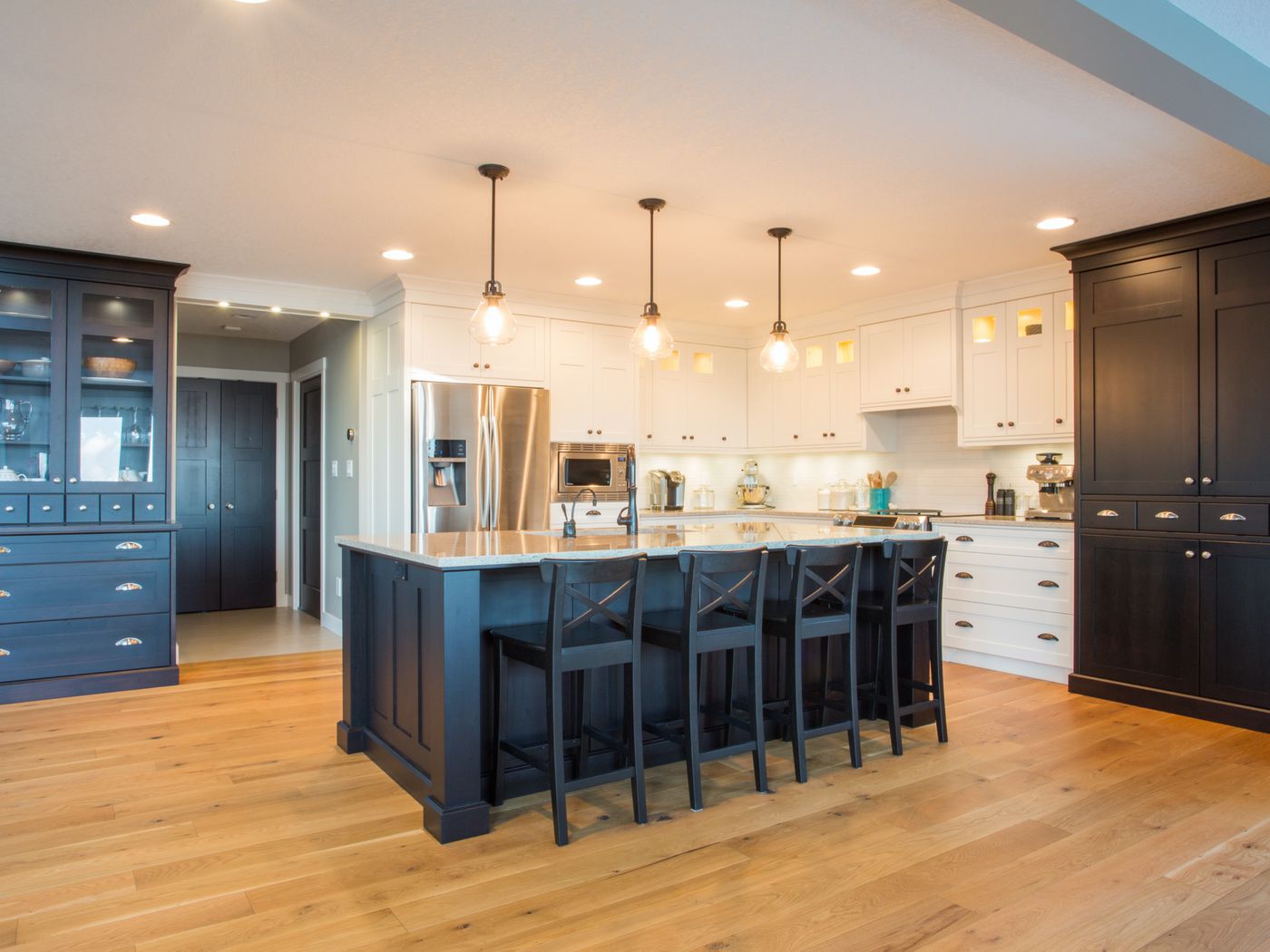
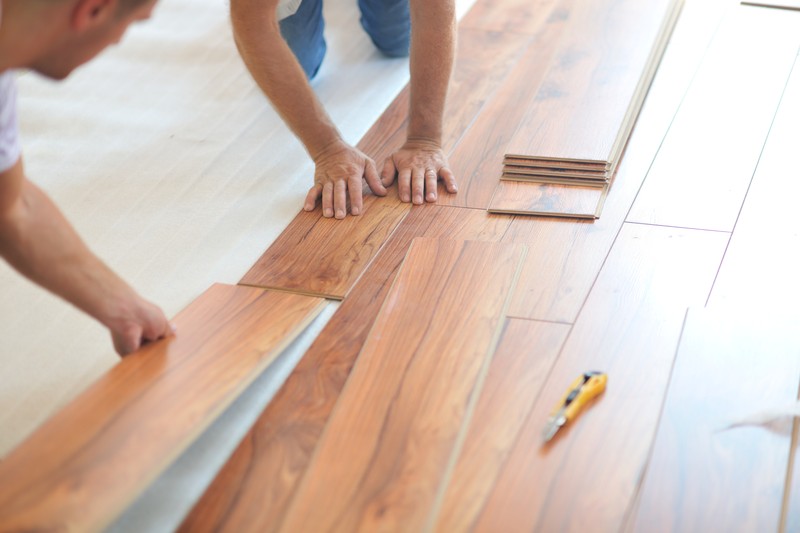
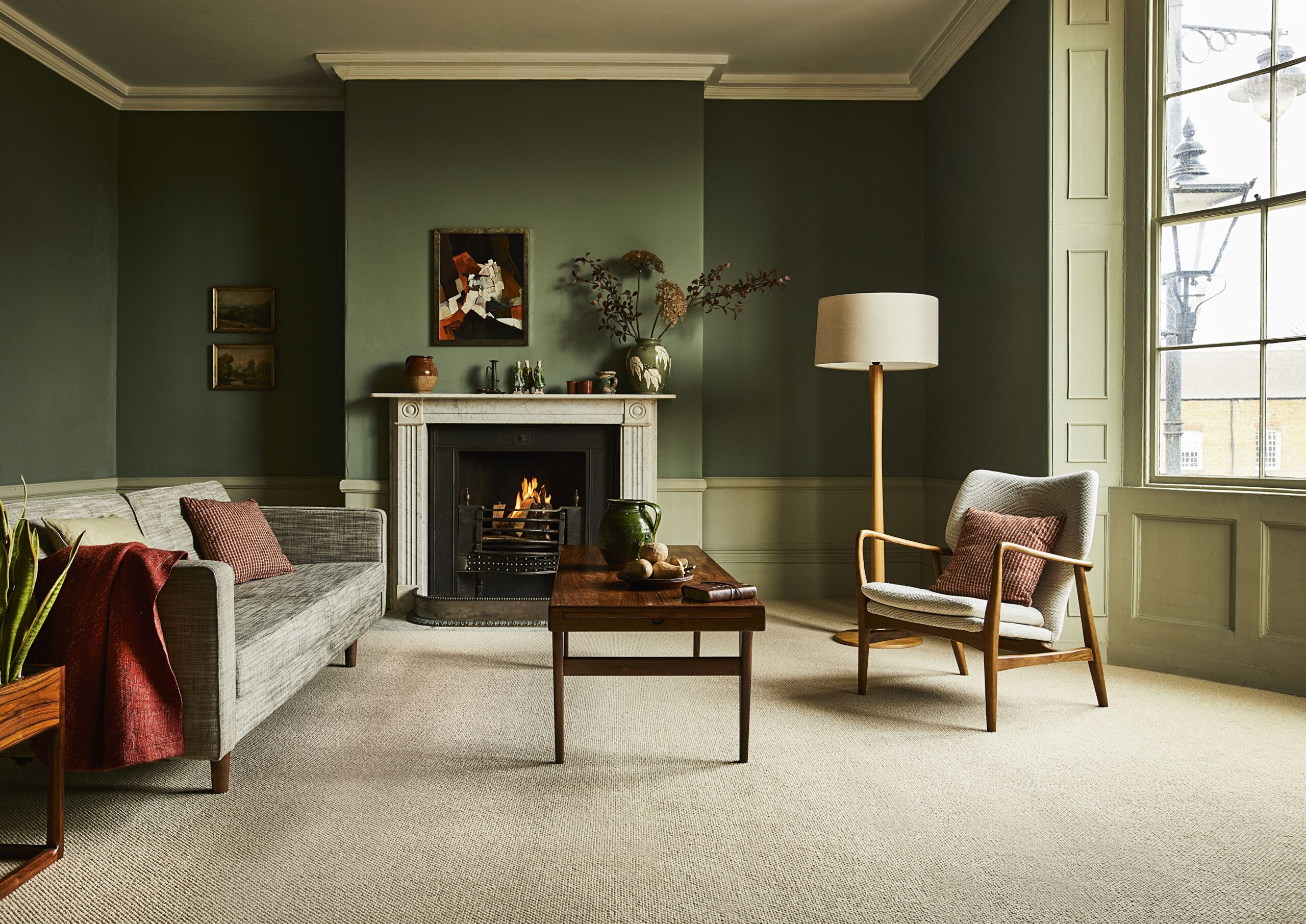
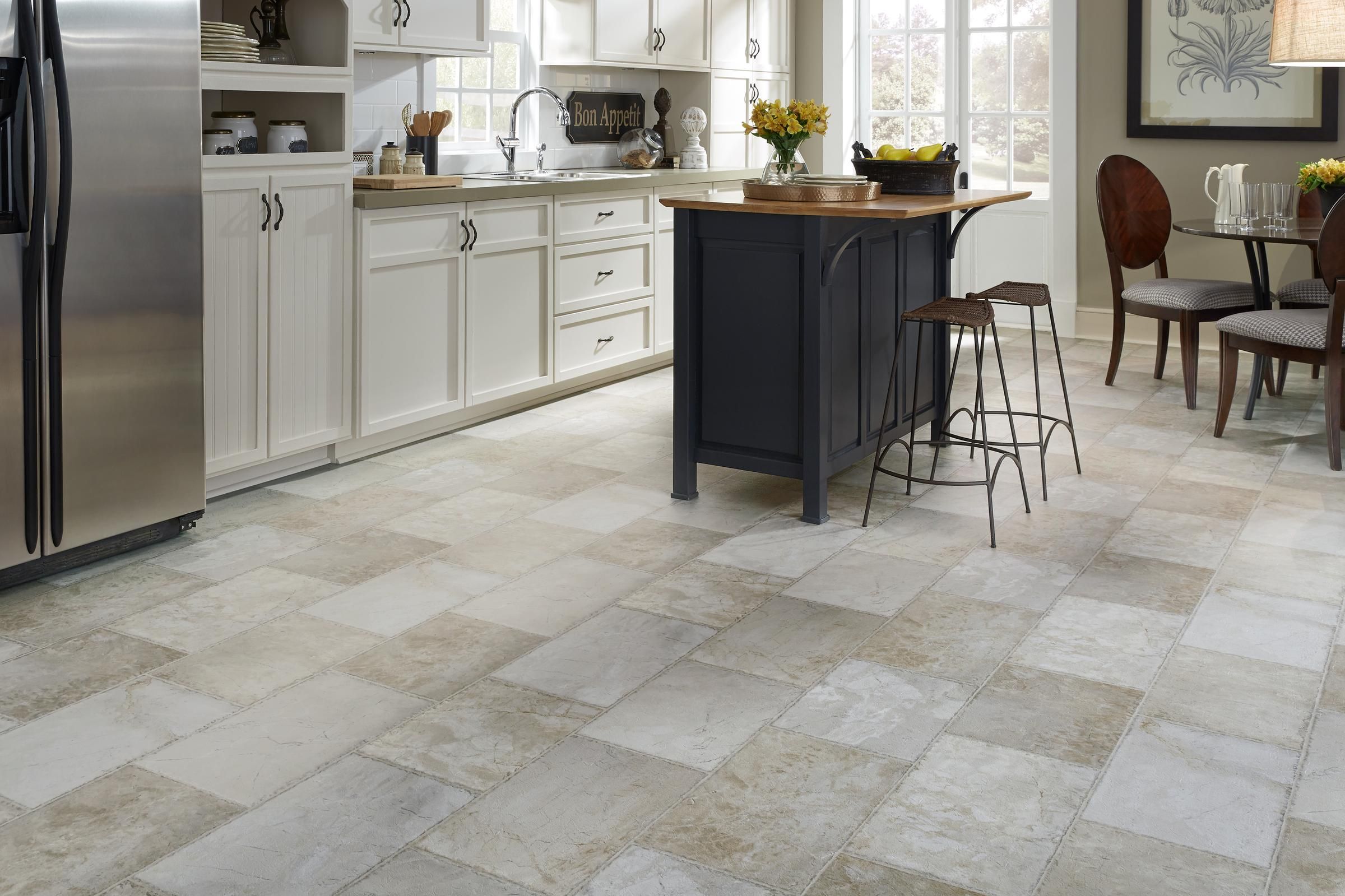
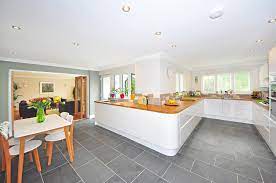






Comments